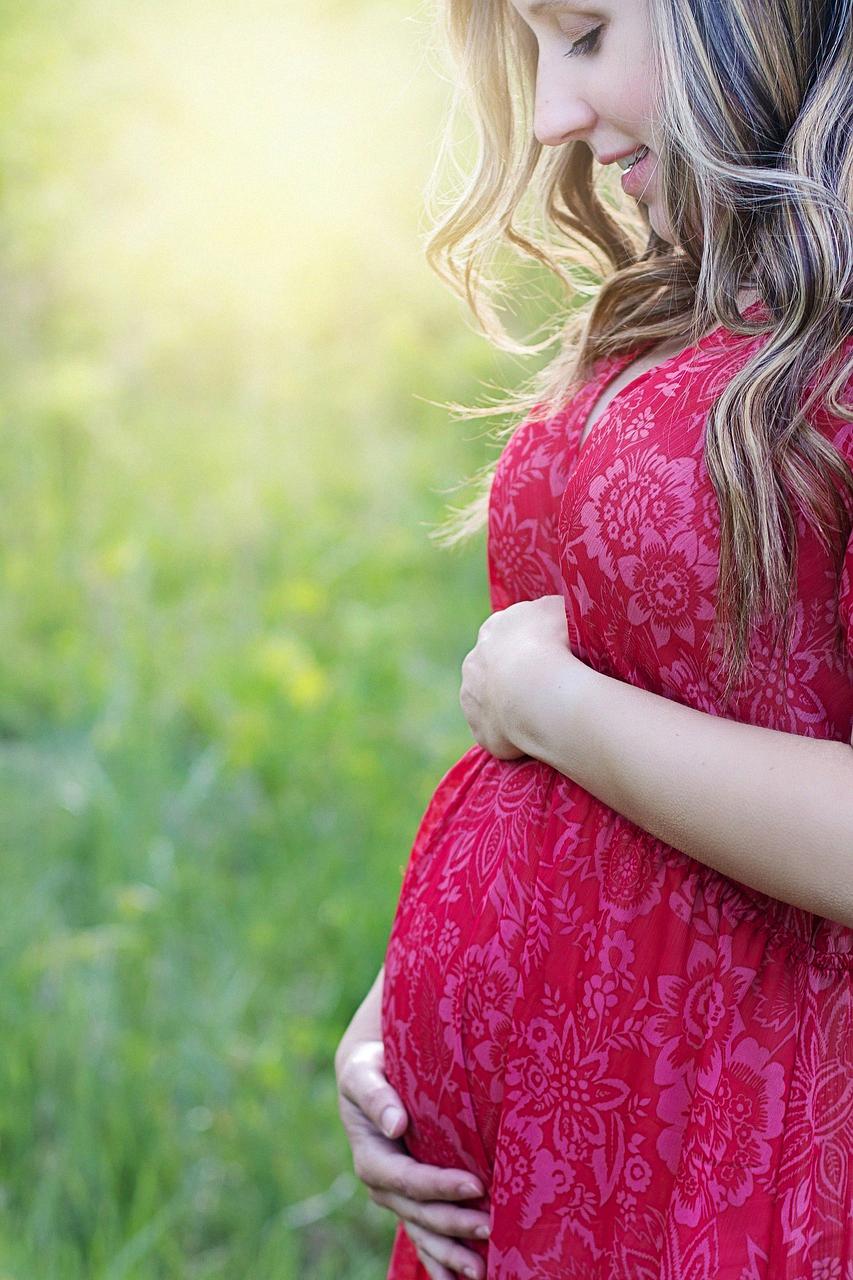During pregnancy, many women experience changes in their bodies, one of which is the separation of abdominal muscles, also known as diastasis recti. This condition occurs when the two bands of abdominal muscles separate, creating a gap in the midline of the abdomen. Understanding when this separation occurs and how to manage it is crucial for expecting mothers.
Recognizing the Signs of Abdominal Separation
Abdominal separation typically occurs towards the end of pregnancy or during the postpartum period. One common sign of diastasis recti is the presence of a gap between the two bands of abdominal muscles. This gap may become more noticeable when lying flat and lifting the head up, as it creates a visible bulge or indentation in the midsection.
Factors Influencing Abdominal Separation
Several factors can contribute to the development of diastasis recti during pregnancy. The growing uterus puts increased pressure on the abdominal muscles, causing them to stretch and separate. Hormonal changes, such as the release of relaxin, can also weaken the connective tissue in the abdominal area, making it more susceptible to separation.
Timing of Abs Split During Pregnancy
While abdominal separation can occur at any point during pregnancy, it is more common in the later stages when the uterus reaches its maximum size. The third trimester is often when women are more likely to notice the signs of diastasis recti, as the abdominal muscles are under significant strain from carrying the growing baby.
Postpartum Recovery and Abdominal Healing
After giving birth, the abdominal muscles need time to heal and recover from the stress of pregnancy. It is essential for new mothers to engage in gentle exercises and physical therapy to strengthen the core muscles and promote proper alignment of the abdominal muscles.
Preventing and Managing Abdominal Separation
While some degree of abdominal separation is common during pregnancy, there are steps women can take to prevent excessive diastasis recti and promote healing. Engaging in safe and appropriate exercises, such as pelvic tilts and Kegels, can help strengthen the core muscles and support the abdominal wall.
Consulting with a Healthcare Provider
If you suspect that you have abdominal separation during pregnancy or after giving birth, it is essential to consult with your healthcare provider. A medical professional can assess the extent of the separation and provide guidance on appropriate exercises and treatments to promote healing.
Supportive Garments and Belly Binding
Some women may find relief from abdominal separation by using supportive garments or belly binding techniques. These tools can help provide additional support to the abdominal muscles and promote proper alignment, reducing discomfort and assisting with postpartum recovery.
Embracing the Postpartum Journey
It is essential for women to practice self-care and patience during the postpartum period, as the body undergoes significant changes in the months following childbirth. Embracing the postpartum journey with kindness and understanding can help promote healing and recovery of the abdominal muscles.
Maintaining a Healthy Lifestyle
In addition to engaging in appropriate exercises and treatments, maintaining a healthy lifestyle can support the healing of abdominal separation. Eating a balanced diet, staying hydrated, and getting an adequate amount of rest can all contribute to overall well-being and recovery after childbirth.
Seeking Peer Support and Resources
Connecting with other mothers who have experienced abdominal separation can provide valuable support and resources for managing this condition. Online forums, support groups, and local classes can offer a sense of community and understanding during the postpartum journey.
Conclusion
Abdominal separation is a common occurrence during pregnancy and postpartum, affecting many women as their bodies adapt to the changes of childbirth. By recognizing the signs, seeking proper guidance, and engaging in supportive practices, women can navigate the journey of abdominal healing with strength and resilience.

